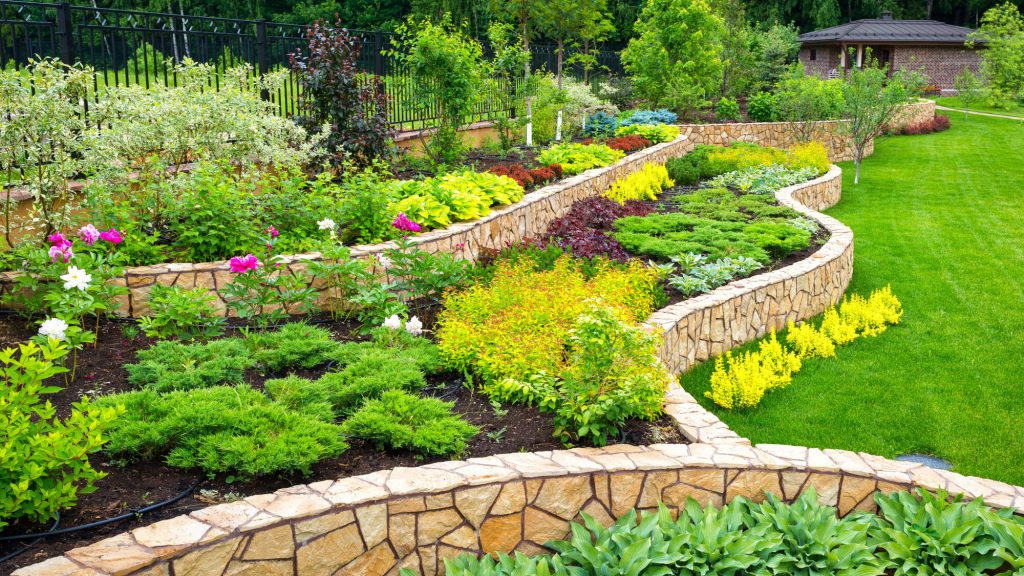When it comes to house plants, there are plenty of varieties to choose from. They look great in the home, they add texture to a room, and they can even improve the air you breathe. However, you have to know some things if you want your house plant to thrive. Many people pick plants off the shelf by aesthetics alone and then wonder why they begin to look worse for wear after a week. Here are a few things to keep in mind when picking a plant for your home.
Think About Your Family
It might be tempting to pick up a beautiful plant on a whim, but you should always look into the type of plant it is if you live with other people. Hay fever is very common and can be caused by things like pollen and dust. If you, or people you live with, are susceptible to allergies, it might be a good idea to avoid house plants with fuzzy leaves and ones that flower. Instead, try sticking to plants with smooth leaves and try to keep the leaves clean by wiping them or spraying them with water regularly. These small habits will help keep airborne allergens at bay.
Do You Have Pets?
Besides allergies in the family, you should also consider your beloved four-legged friends. Certain plants should not be placed inside homes with animals as they can contain a high level of toxicity. For example, lilies, daffodils, and tulips can be fatal for cats and dogs if ingested. Make sure you familiarise yourself with the list of toxic flowers and plants before introducing them into a home filled with pets.
Different Plants for Different Rooms
Not only can fresh plants completely change the ambiance of a room, some actually thrive in specific areas of the home. For example, a beautiful peace lily will produce more flowers in a light-filled living room, while ferns and air plants enjoy the humidity of a bathroom. When it comes to the kitchen, why not try cultivating herbs on your windowsill? It is a great use of unused space, and you can use homegrown herbs for many different recipes. For a large selection of herb seeds, visit www.happyvalleyseeds.com.au.
Consider the Conditions
The conditions of your home can make a huge difference to plant health. Some plants require ample light exposure, while others need to be shaded from direct sunlight. Consider the positioning of the room you want to display a plant and determine how much light you can expect to shine through each day. Additionally, pay attention to room climate if you want to ensure your chosen house plant and the room that you want to place it in is a good match. Some plants react well to fluctuating temperatures, while others will suffer if the temperature drops just a few degrees. Make sure that you get an indoor grow tent kit for plants that need specific conditions and the presence of sunlight.
Best Houseplants for Beginners
With all things considered, there are several types of house plants that are fantastic for beginners. For example, pothos, snake plants, and philodendrons are easy to care for and are more likely to survive if you occasionally forget to water them. Rubber trees, succulents, and cacti are also low maintenance plants.

